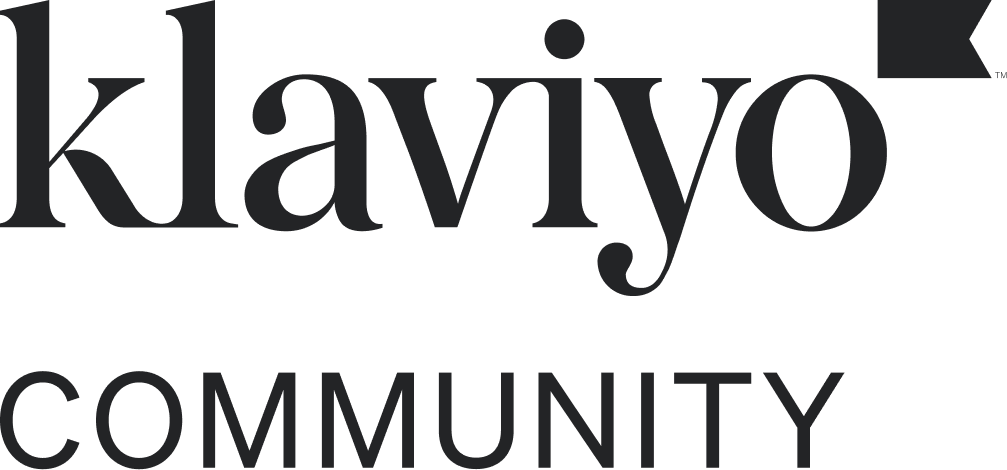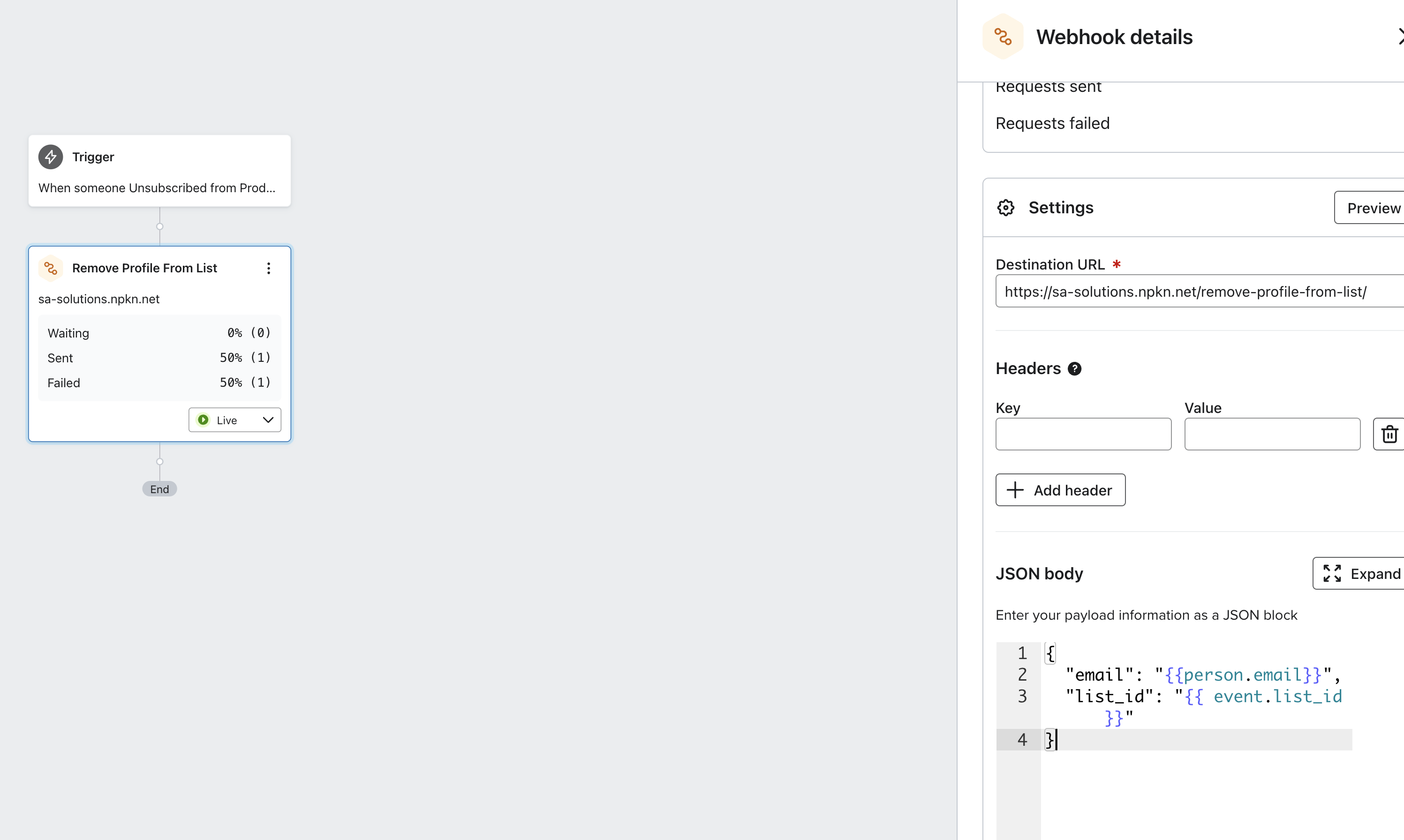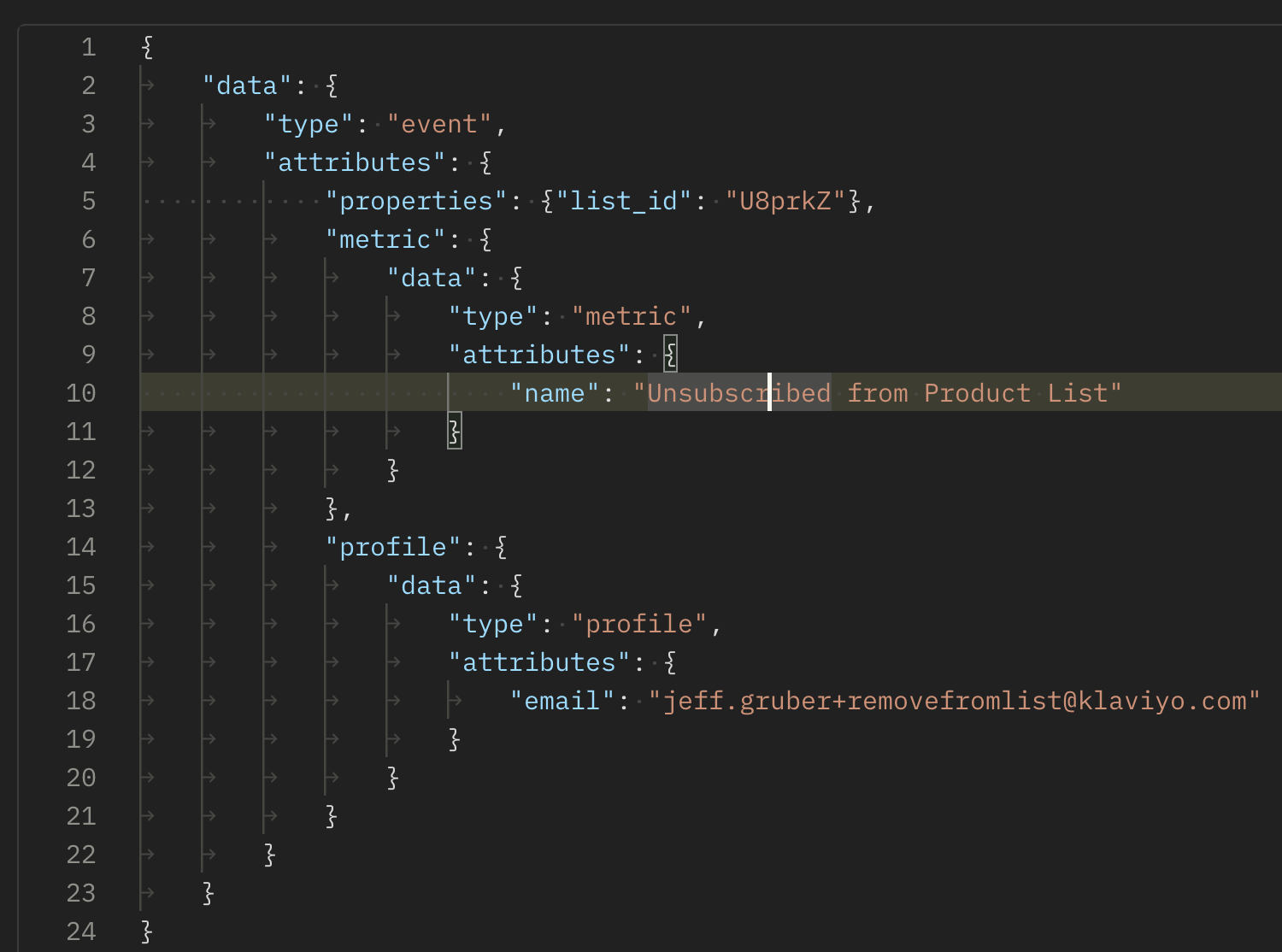Hi folks,
Is it common/wise to bake in very general suppression parameters into a newsletter segment’s definition in order to keep the list clean without having to do regular “manual” suppression exercises?
Background: I have a bunch of separate product family newsletters set up in Klaviyo. Since many of my subscribers receive multiple (different) product newsletters from me, I can’t to a traditional profile suppression since I’ve got global suppression activated and I don’t want to purge contacts who many no longer read one of my product newsletters, but is still engaged with another of my newsletters. Plus I don’t want to suppress them from my post purchase and abandoned cart flows.
For each of my individual product newsletters, I have created really conservative “suppression” segments based on subscribers who have been signed up for at least 365 days but never opened or clicked on an email from that specific newsletter’s $group_ids.
[Those suppression segments have a flow set up to send them a sunset email. To allow me to keep folks out of that suppression segment who open my sunset email (and thus demonstrate a little bit of remaining interest) I’ve added a definition element wherein that suppression segment also includes profiles that have opened an email -- from that specific suppression segment’s $group_ids -- zero times.]
What I want to do is add that suppression list to the definition of my specific product newsletter segments so that the final definition parameter in that list reads something like “Person A is not on Suppression list.”
My thinking is that if I do it this way, my newsletter segment is constantly cleaning itself of profiles that have not been engaged for at least 1 yr and I’m still sending sunset emails.
Does this make any sense whatsoever?







